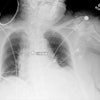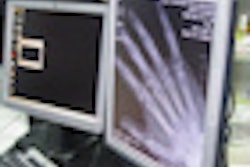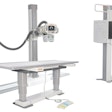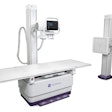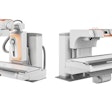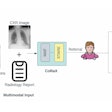Dear Digital X-Ray Insider,
It's been a while since we discussed quality control of computed radiography (CR) studies in this space, so we return to the topic with this issue of the Digital X-Ray Insider.
While most of the debate over reducing radiation dose in medical imaging has focused on CT, facilities should remember that radiography contributes some 70% of the total number of imaging procedures being conducted. And while the radiation dose for individual procedures is low, the cumulative dose can add up for patients who receive many radiography studies over time.
Canadian researchers decided to look for ways to reduce the dose delivered by their CR equipment, with some surprising results. For one, they found that CR readers from different vendors produced wide variation in the radiation dose delivered to patients. Imbalances in automatic exposure control (AEC) led to variation in dose as well.
Fortunately, the problems were solved through an aggressive quality control campaign. Learn more by clicking here.
In other news in your Digital X-Ray Community, a recent report by the U.S. government once again confirms that the radiation dose delivered by airport x-ray scanners is within acceptable levels.
Also, learn about a new radiation protection suit designed for interventional radiologists that takes a load off -- literally -- by suspending the suit so the physician can move unencumbered by heavy lead protective gear.
Finally, learn about mixed results with the use of a bone suppression software algorithm to identify lung nodules on digital chest x-rays.
Get these stories and more in your Digital X-Ray Community, at xray.auntminnie.com.


